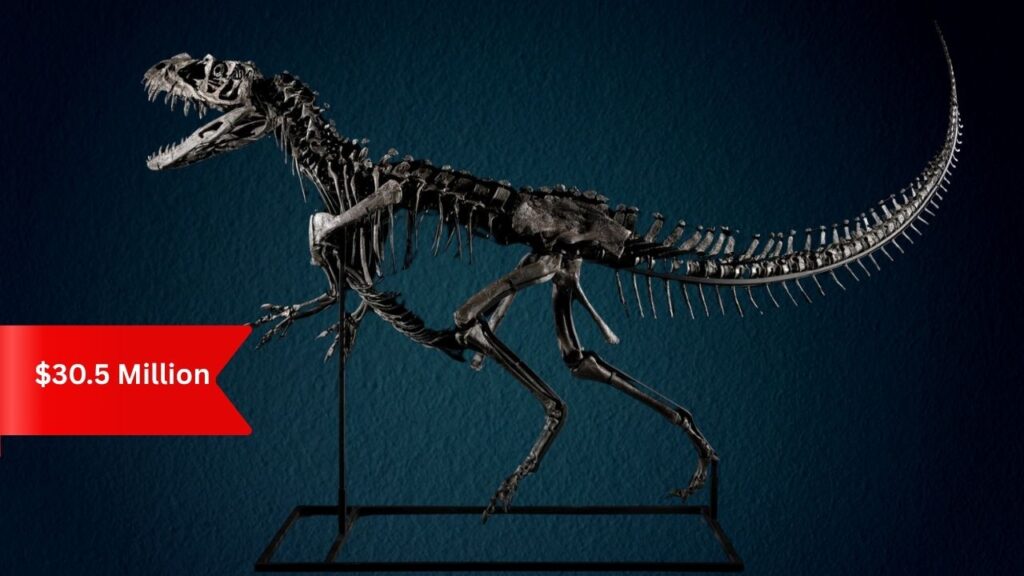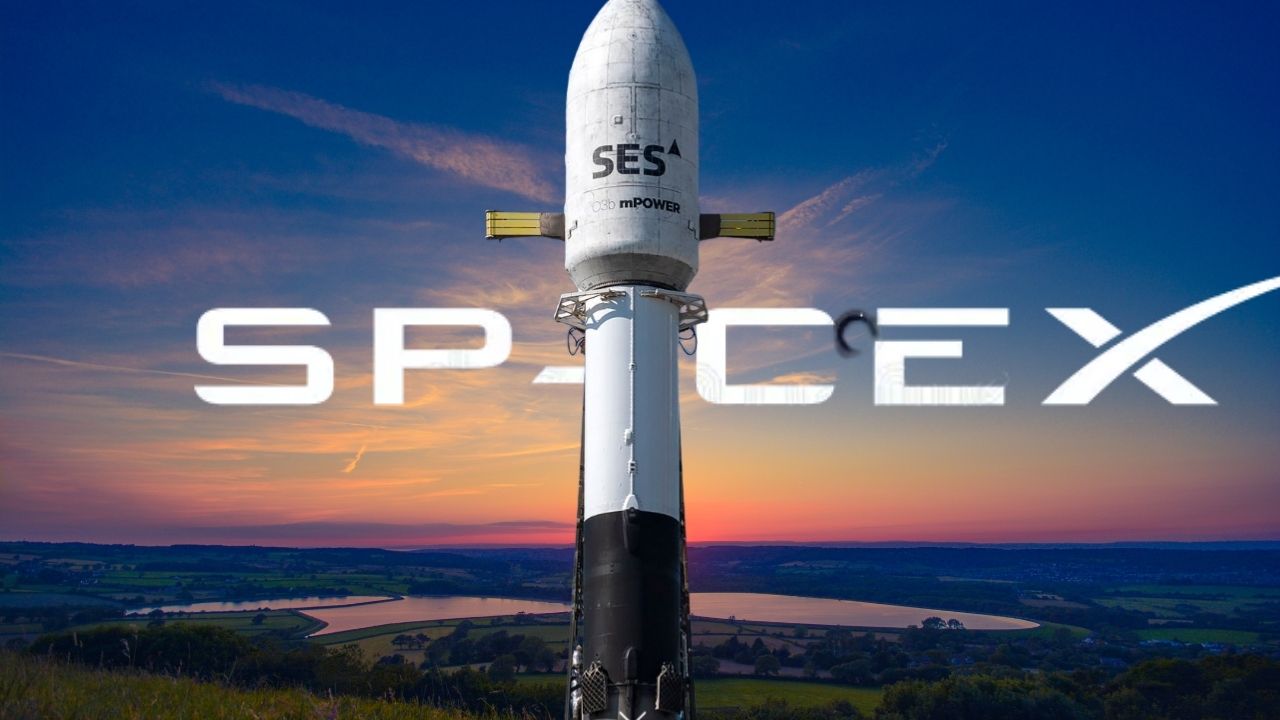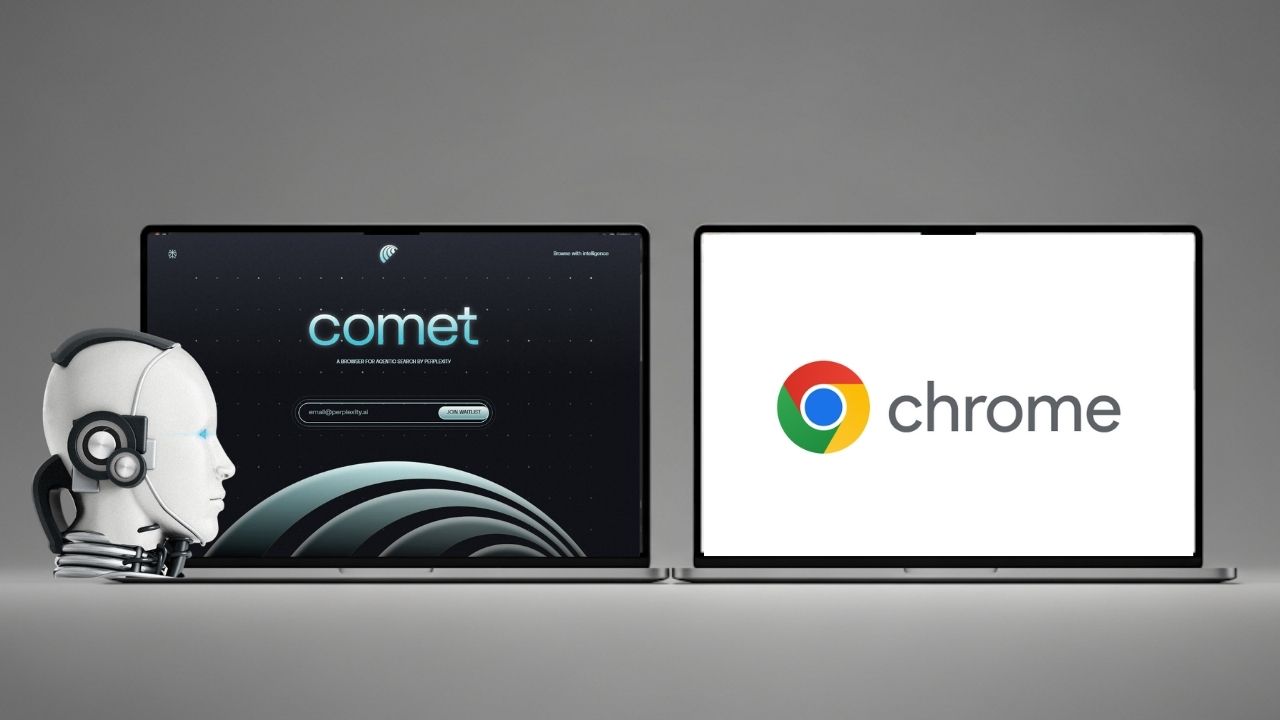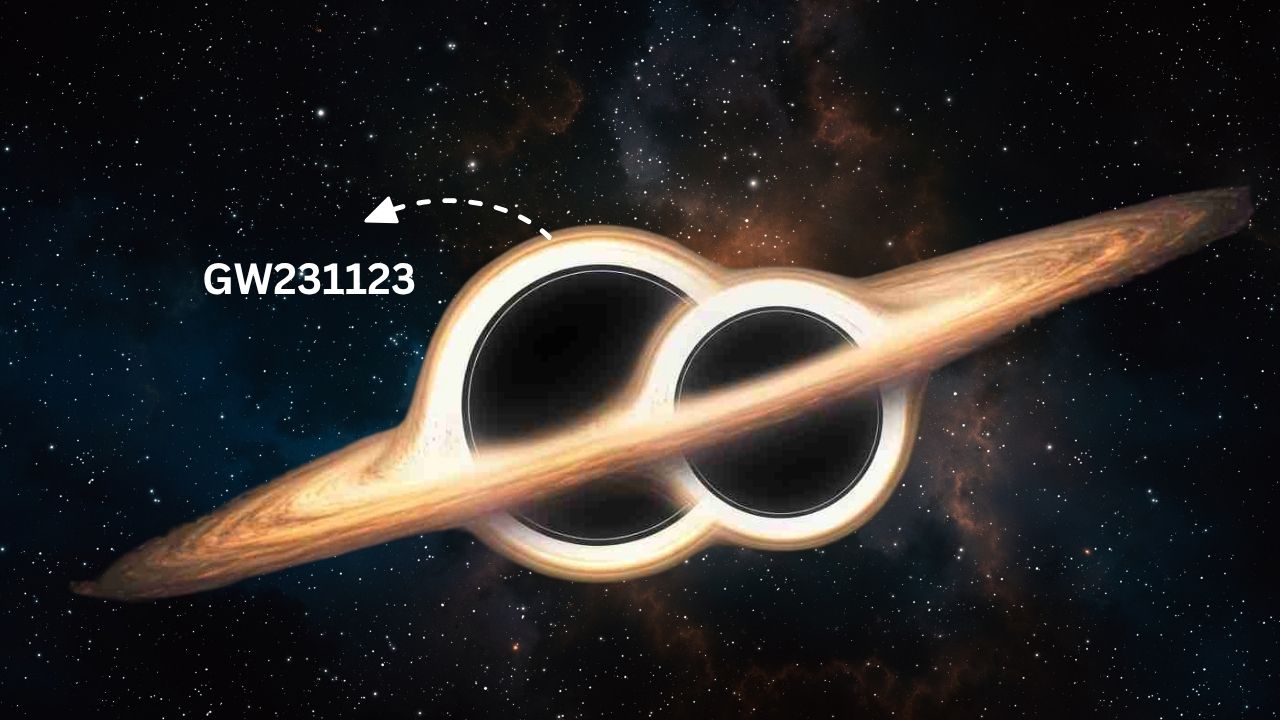A rare, juvenile Ceratosaurus fossil—one of only four ever discovered and the only known young specimen—recently stunned the world by selling for a breathtaking $30.5 million at Sotheby’s in New York. This price wasn’t just a record-breaker; it was a moment that bridged science, history, and the powerful allure of natural wonders. But what makes this fossil so extraordinary, and what does its sale mean for science, collectibles, and the future of paleontology? Let’s explore this remarkable story, from the ancient floodplains of Wyoming to the bright lights of the auction room.

The $30.5 million Ceratosaurus sale is more than a headline—it’s a snapshot of our world today. It shows how science, art, and commerce collide, and how curiosity and wonder remain as powerful as ever. For kids, it’s a chance to dream big. For professionals, it’s a reminder to protect access to our shared natural heritage. And for everyone, it’s a story of discovery, preservation, and the endless thrill of unlocking the secrets of the past.
Why Ceratosaurus Matters
Ceratosaurus was a fierce, carnivorous dinosaur that roamed what is now the western United States during the Late Jurassic period—about 154 to 159 million years ago. Imagine a world where this predator, with its slender nasal horn and jagged, blade-like teeth, stalked the landscape long before Tyrannosaurus rex ever appeared. Unlike its famous cousin, which lived much later, Ceratosaurus was smaller—adults could grow up to 25 feet long—but just as formidable in its time.
Only four Ceratosaurus skeletons are known to exist, making every find a scientific treasure. The specimen in question is not just rare—it’s unique: the only juvenile Ceratosaurus skeleton ever discovered. For scientists, this is a golden opportunity to study how these creatures grew and changed over their lifetimes—key questions that fossils of only adult animals can’t answer.
The Journey from Dirt to Dollars
The story of this fossil begins in 1996, when fossil hunters unearthed its bones at Bone Cabin Quarry, Wyoming, a site famous among paleontologists for yielding some of the most important dinosaur fossils in the world. The fossil was not immediately mounted for display. Instead, it lay in storage and was later exhibited publicly, still unmounted, at the Museum of Ancient Life in Utah.
Years passed before the fossil caught the attention of commercial paleontologists specializing in mounting and preparing fossils for museum-quality displays. In 2024, a team led by a former museum employee—now a recognized expert in fossil preparation—carefully mounted the skeleton for the first time. The process involved piecing together 139 original fossilized bones and using sculpted materials only where necessary, ensuring the finished product was as authentic as possible.
The mounted skeleton measures 6 feet, 3 inches tall and 10 feet, 8 inches long—about half the size of an adult Ceratosaurus. The vivid pose, with jaws agape, makes it a stunning centerpiece, but the real value is in the science it represents. The skull is virtually complete, a rarity in dinosaur fossils, and offers a window into the anatomy and perhaps even the behavior of this ancient predator.
The Record-Breaking Auction
Sotheby’s featured the Ceratosaurus in its prestigious Natural History sale during Geek Week—an event that also included rare meteorites and artifacts. Before the auction, experts estimated the skeleton’s value at $4 to $6 million. But once the bidding began, the competition was intense. At least six bidders battled for the prize, escalating bids in increments of $500,000, then $1 million at a time, until the hammer finally fell at $26 million—bringing the total, with fees, to $30.5 million.
This price makes it the third most expensive dinosaur fossil ever sold at auction, trailing only the Stegosaurus “Apex” ($44.6 million) and the T. rex “Stan” ($31.8 million). The buyer’s identity remains confidential, but it’s known that they intend to loan the fossil to a museum or institution, ensuring public access and ongoing scientific study.
The Science Behind the Specimen
Juvenile dinosaur fossils are incredibly rare. Most fossils found are adults, so finding a young Ceratosaurus allows scientists to compare it with adult skeletons and study how the species developed—how fast it grew, how its body proportions changed, and perhaps even how its diet shifted as it matured. The complete skull is especially valuable for research on brain size, sensory ability, and hunting behavior.
In the world of paleontology, every new specimen is a puzzle piece. Ceratosaurus, as a “middle child” between small predators of its era and the later, giant theropods like T. rex, holds clues to the evolution of carnivorous dinosaurs. This juvenile, with its mix of adult and immature features, could help rewrite our understanding of dinosaur growth and biology.
The Fossil Market and Its Controversies
The explosive growth in prices for rare fossils at auction is a new phenomenon. In just a few years, dinosaur skeletons have gone from museum curiosities to blue-chip collectibles, with prices sometimes exceeding those of famous paintings or jewels. For wealthy collectors, owning a dinosaur is the ultimate status symbol—and for scientists, it’s a double-edged sword.
On one hand, auctions bring attention and funding to paleontology, sometimes financing new excavations and research. The public display of such rare fossils can inspire the next generation of scientists and spark widespread interest in natural history. On the other hand, some in the scientific community worry that important fossils may disappear into private collections, becoming inaccessible for research and education.
The intention to loan this Ceratosaurus to an institution is a positive step, but the broader debate continues. Should rare and scientifically valuable fossils be protected as public property? Who should have the right to own—and profit from—Earth’s ancient heritage? These questions are becoming more urgent as the market for natural history objects grows.
The Impact on Museums and Collecting
For museums, the rise of fossil auctions is a challenge. Many institutions simply can’t compete with the financial firepower of private collectors, especially for unique specimens. As a result, some museums are forced to sell parts of their collections—as happened with this Ceratosaurus—while others benefit from loans or donations from private owners.
For aspiring collectors and amateur scientists, the excitement around auctions like this is undeniable. It’s a reminder that fossils aren’t just dusty relics—they’re windows into a lost world, and every amateur dig could turn up a treasure.
The Ceratosaurus Fossil: A Detailed Timeline
- 1996 – Discovery: Fossil hunters find the juvenile Ceratosaurus skeleton at Bone Cabin Quarry, Wyoming.
- 1996–2024 – Preparation and Display: The fossil is cleaned, studied, and exhibited unmounted at the Museum of Ancient Life in Utah.
- 2024 – Mounting: The skeleton is mounted for the first time by expert preparators.
- July 16, 2025 – Auction: Sotheby’s hosts a fierce bidding war, ending at $30.5 million.
- Post-Auction: The buyer intends to loan the fossil to an institution for study and public display.
What This Sale Means for You
Whether you’re a child dreaming of dinosaurs, a parent planning a museum visit, or a professional in natural history or education, this sale is a landmark event. It’s a vivid reminder that science and wonder are inseparable, and that the past is never truly gone—just waiting to be discovered.
For kids, the message is clear: exploration and curiosity can unlock the secrets of the ancient world. For collectors and investors, the sale is proof that rarity and scientific value can translate into breathtaking prices. For scientists and educators, it’s a call to protect access to the fossil record and ensure that future generations can learn from these treasures.
How to Get Involved in Fossil Collecting
Want to be part of this world? Here’s how you can start exploring fossils—safely, legally, and responsibly:
- Visit Museums: See real fossils and learn from experts.
- Join a Local Club: Many areas have groups for amateur fossil hunters.
- Participate in Public Digs: Some museums and universities offer public excavation programs.
- Educate Yourself: Learn about fossil laws and ethical collecting.
- Donate Important Finds: If you discover something rare, consider giving it to a museum for study.
Tips for Aspiring Paleontologists
- Stay Curious: Always ask questions and seek out new knowledge.
- Document Everything: Take photos, notes, and measurements of your finds.
- Collaborate: Work with museums, universities, and professional preparators.
- Advocate for Access: Support policies that keep scientifically valuable fossils in the public domain.
- Stay Informed: Keep up with auctions, discoveries, and new research in paleontology.
FAQs About Ceratosaurus Fossil Auction
What made this fossil so expensive?
Its rarity (one of only four ever found; the only juvenile), scientific value, and museum-quality preparation drove the price far above estimates.
Where was the fossil found?
It was unearthed at Bone Cabin Quarry, Wyoming—a renowned fossil site.
How old is the fossil?
It dates to the Late Jurassic period, about 154 to 159 million years ago.
How big is Ceratosaurus?
Adults could reach 25 feet; this juvenile is about 10 feet, 8 inches long.
What happens to the fossil now?
The buyer intends to loan it to a museum or institution for public display and research.
Why are juvenile dinosaur fossils so rare?
Juvenile bones are smaller, more fragile, and less likely to fossilize than adult bones.
What are the concerns about fossil auctions?
Scientists worry that important fossils may become private property, limiting access for research and education.
How can someone see the fossil?
Check with major natural history museums—the buyer plans to loan it for public display.
What can I do if I find a fossil?
Contact a local museum or university, and always follow local laws about fossil collecting.
How can kids get involved in paleontology?
Visit museums, join fossil clubs, and participate in public digs—science is for everyone!
How You Can Explore Dinosaur Science
For teachers and parents, the story of the $30.5 million Ceratosaurus is a perfect classroom topic. It’s a way to spark curiosity about science, history, and exploration. Many museums offer educational programs, virtual tours, and hands-on fossil labs that make learning about dinosaurs fun and interactive.
For professionals in natural history, museums, or science education, the sale is a case study in the intersection of science, commerce, and public access. It’s a moment to reflect on how we preserve and share our planet’s ancient heritage, and how we can engage the public with the wonders of natural history.






